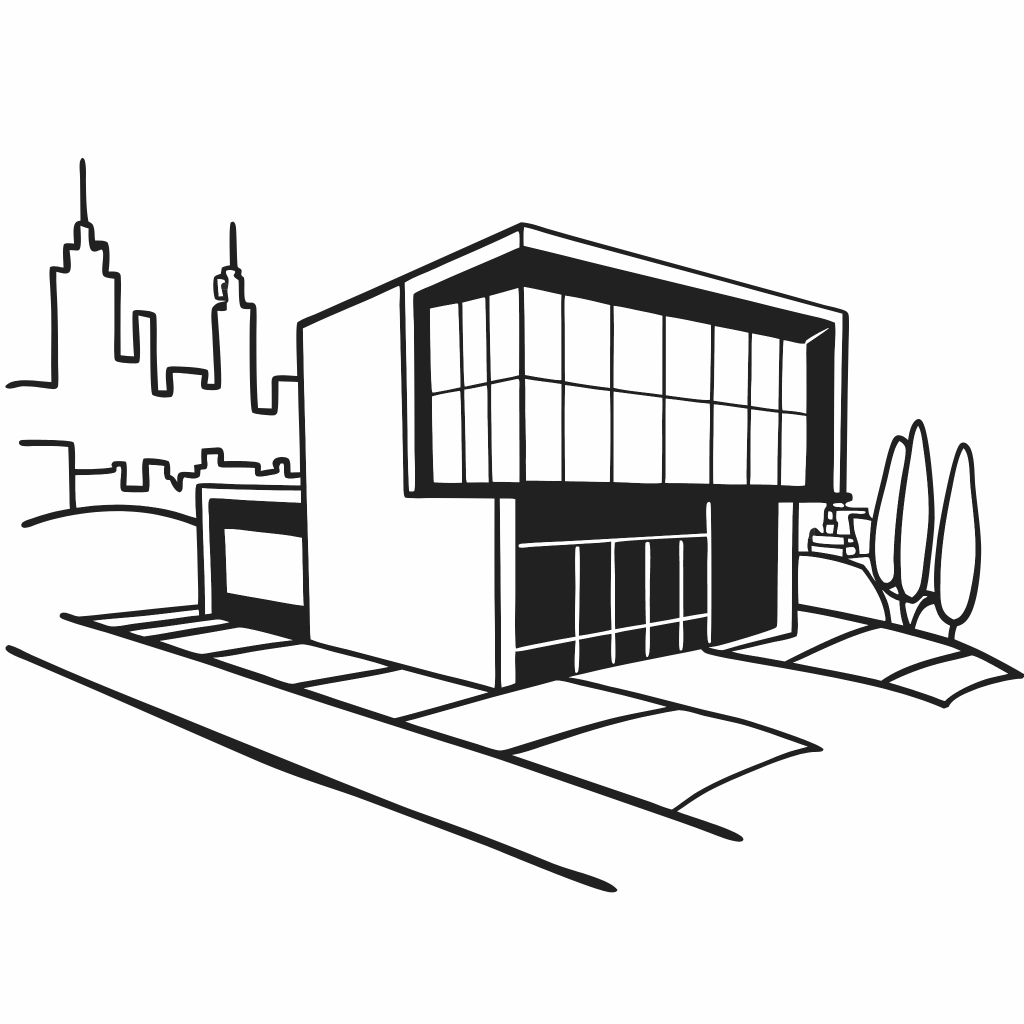
Architecture design services encompass the comprehensive process of planning, designing, and overseeing the construction of buildings and other physical structures.
Benefits
Customization | Tailored designs that reflect the client's unique needs and preferences.
Expertise | Professional guidance through complex regulatory and technical aspects.
Efficiency | Streamlined processes that save time and reduce costs.
Sustainability | Designs that incorporate environmentally friendly practices and materials.
Quality | High standards of construction and attention to detail, ensuring longevity and functionality.
Master Planning | Designing large-scale layouts for cohesive urban, residential, or commercial developments.
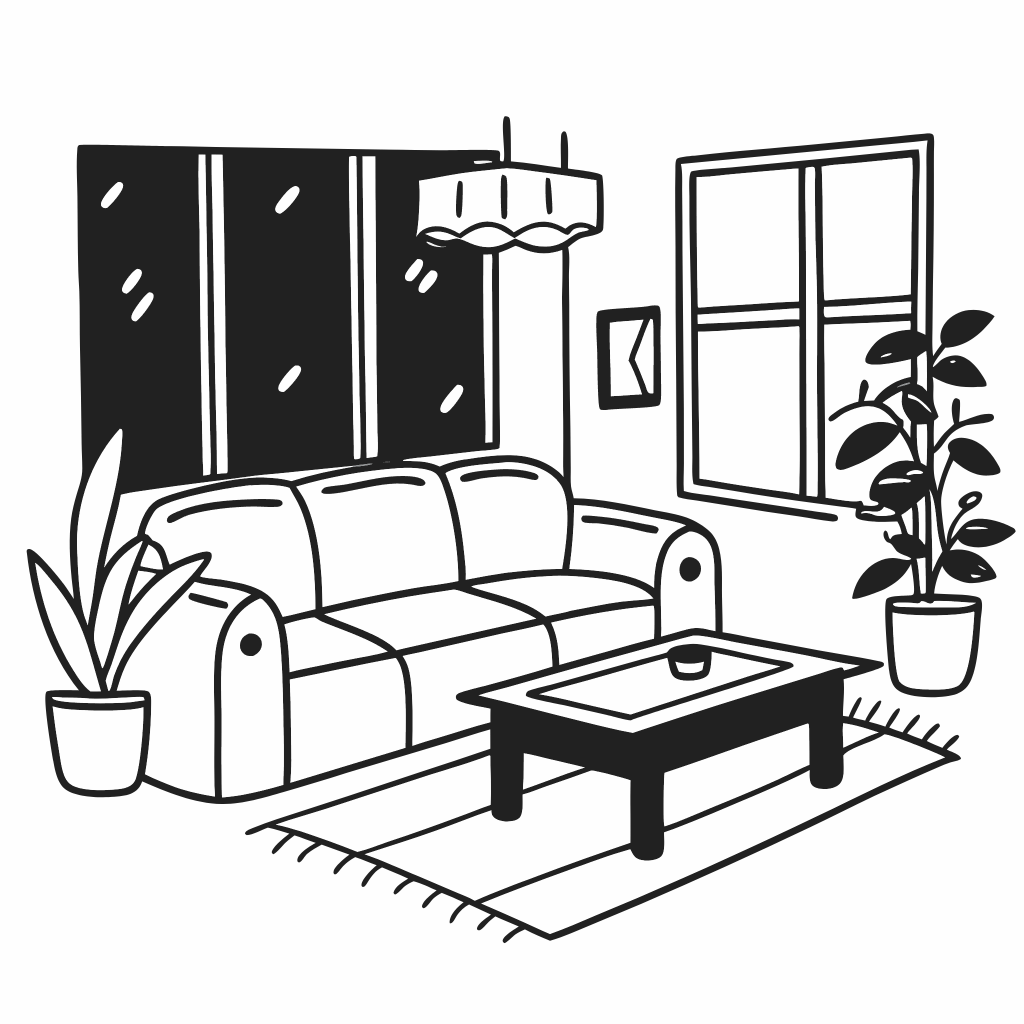
Interior design services focus on enhancing the interior spaces of buildings to achieve a healthier and more aesthetically pleasing environment for the people using the space.
Interior designers work closely with clients to understand their needs, preferences, and lifestyle, transforming functional spaces into personalized havens that blend style, comfort, and practicality.
Benefits
Personalization | Tailored designs that reflect the client's taste and lifestyle.
Expertise | Professional advice on color schemes, materials, and spatial planning.
Functionality | Thoughtful design that enhances the usability and comfort of spaces.
Aesthetics | Creation of visually appealing environments that uplift mood and well-being.
Value | Interior design services play a crucial role in transforming spaces into functional and beautiful environments that cater to the unique needs and desires of clients. By leveraging the creativity and expertise of interior designers, clients can enjoy spaces that are both practical and visually captivating.
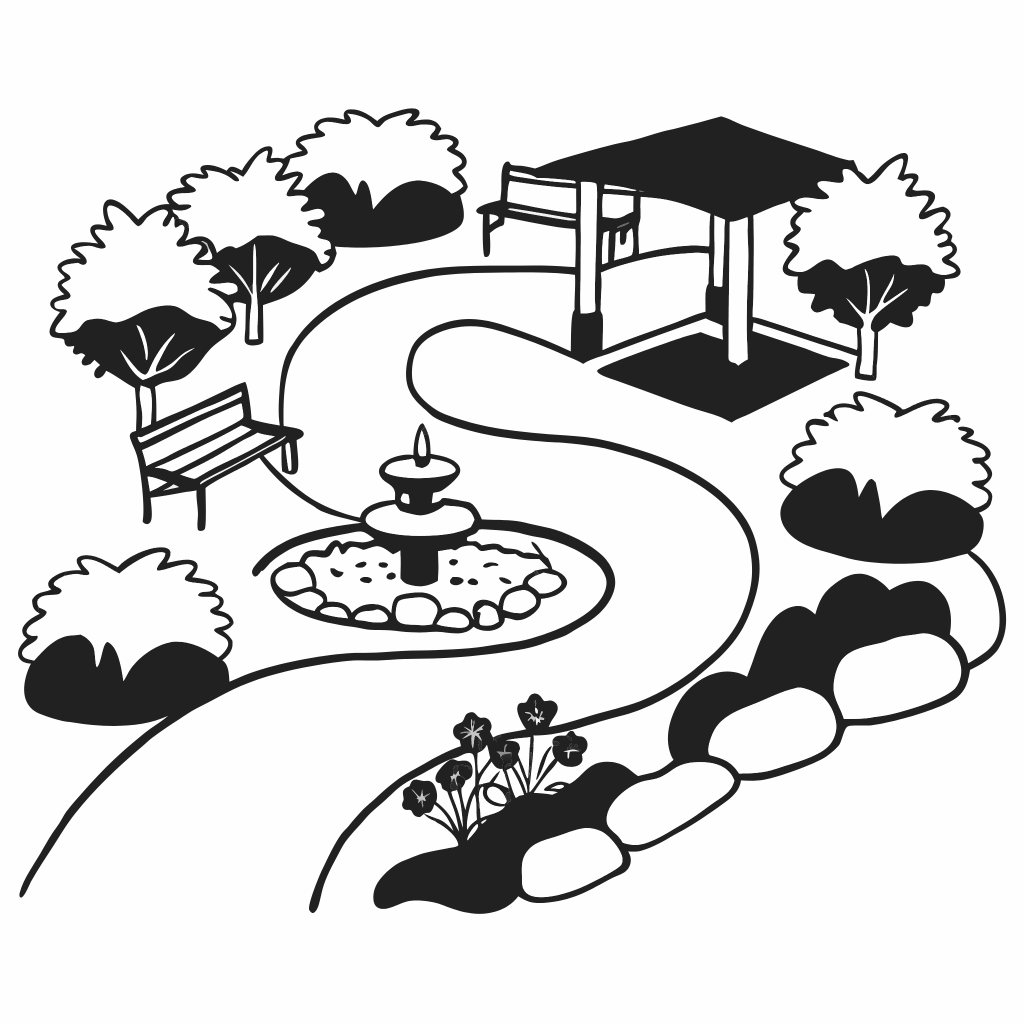
Landscape design is the art and science of creating outdoor spaces that are functional, aesthetically pleasing, and harmonious with the natural environment.
This process involves planning, designing, and managing landscapes to enhance the beauty and utility of gardens, parks, residential areas, and commercial properties. Landscape designers work with natural and built elements to create sustainable, enjoyable, and inspiring outdoor environments.
Benefits
Enhanced Aesthetics | Creates visually appealing outdoor spaces that enhance property value and curb appeal.
Functionality | Designs landscapes that meet the practical needs of the users, whether for recreation, relaxation, or productivity.
Sustainability | Promotes environmentally responsible practices that conserve resources and support local ecosystems.

Design management is the comprehensive process of planning, organizing, and overseeing design activities within a project to ensure that creative solutions align with strategic objectives, budget constraints, and client expectations.
It involves coordinating multidisciplinary teams, managing resources, and maintaining effective communication throughout the design and implementation phases. The goal of design management is to deliver high-quality, innovative, and practical design outcomes that meet the project's goals.
Benefits
Strategic Alignment- Ensures that design solutions align with overall project goals and client expectations.
Efficiency | Streamlines design processes, reducing time and cost overruns.
Quality | Maintains high standards of design quality and innovation.
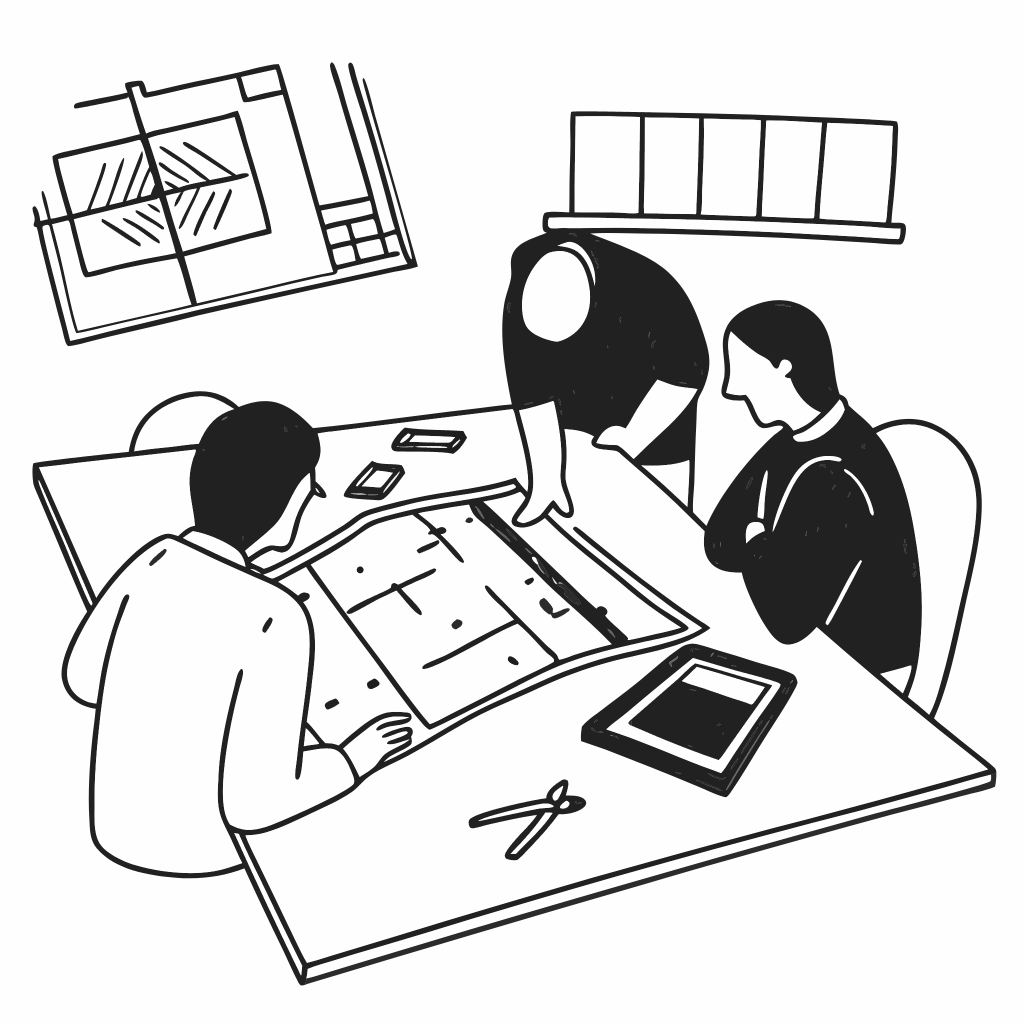
An architecture design audit is a comprehensive evaluation process aimed at assessing the quality, functionality, and compliance of architectural designs.
It involves a detailed review of design documents, drawings, and specifications to ensure they meet project objectives, regulatory standards, and best practices. The audit helps identify potential issues and areas for improvement, ensuring the final design is efficient, sustainable, and aligned with the client’s vision.
Benefits
Quality Assurance | Ensures the design meets high standards of quality and excellence.
Compliance | Verifies adherence to regulatory requirements and industry standards.
Functionality | Enhances the usability and efficiency of the design.
Sustainability | Promotes environmentally friendly and sustainable design practices.
Cost Efficiency | dentifies cost-saving opportunities and ensures budget alignment.
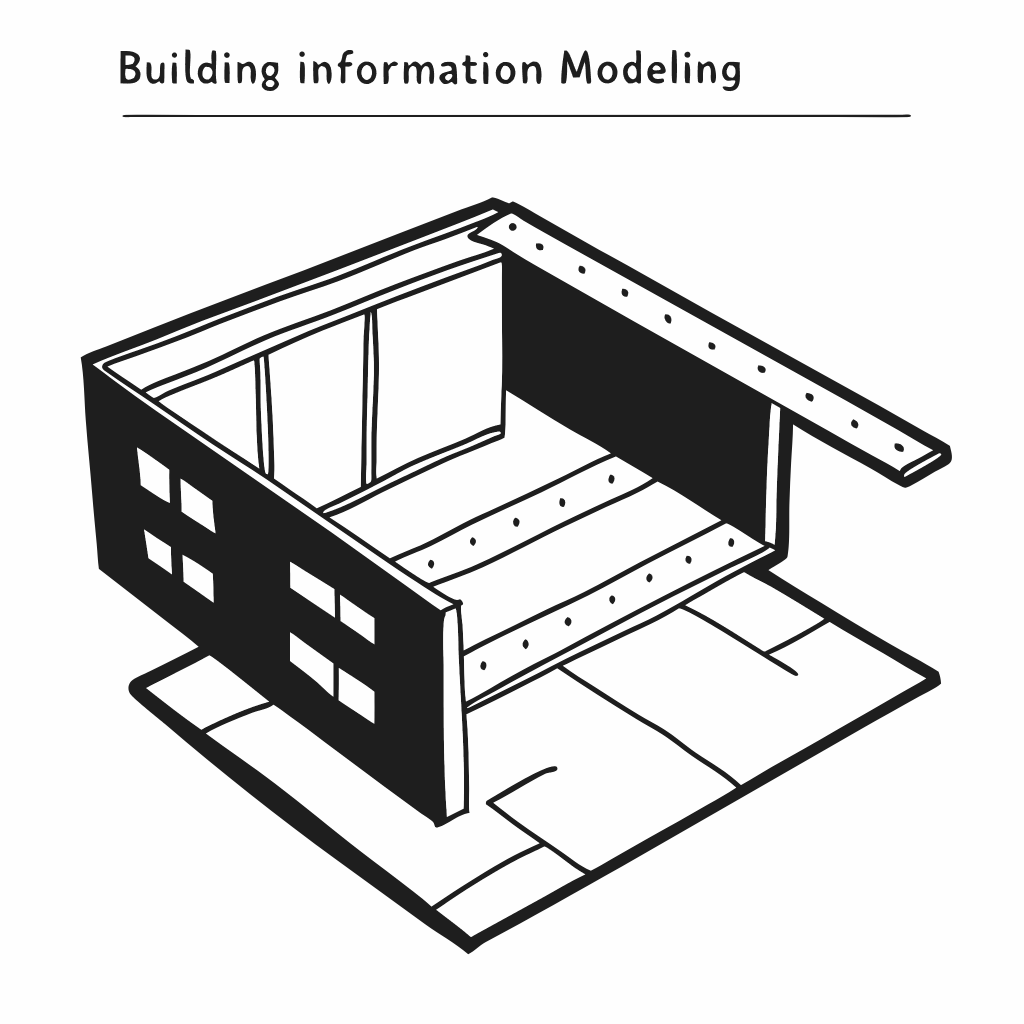
Building Information Modeling (BIM) is a digital process that involves the creation and management of comprehensive 3D models of physical and functional characteristics of buildings.
BIM serves as a collaborative platform that integrates architecture, engineering, and construction (AEC) professionals to design, construct, and manage buildings more efficiently. By providing detailed, real-time data throughout the lifecycle of a project, BIM enhances decision-making, reduces errors, and improves overall project outcomes.
Benefits
Improved Visualization | Provides a realistic, comprehensive view of the project before construction begins, aiding in better design decisions and client presentations.
Enhanced Collaboration | Facilitates seamless communication and coordination among all project stakeholders, reducing misunderstandings and errors.
Risk Mitigation | Identifies potential issues early in the design process, minimizing risks and unexpected changes during construction.
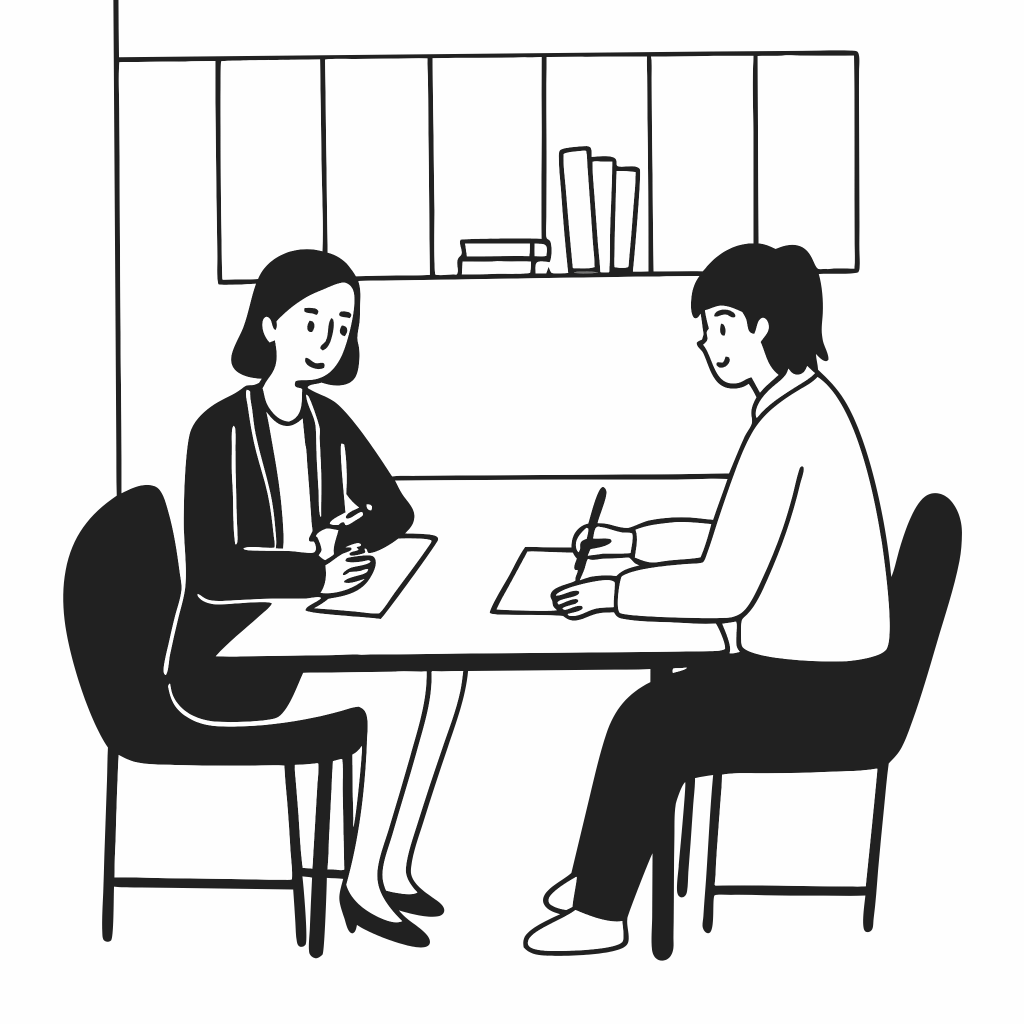
A one-time architecture design consultation is a focused, single-session service where clients receive professional advice and guidance on specific aspects of their architectural project.
Benefits
Targeted Expertise | Access to professional architectural insights tailored to specific project needs.
Cost Effective | Provides valuable advice without the commitment to a full-scale design service.
Quick Resolution | Helps clients address immediate concerns and make informed decisions promptly.
